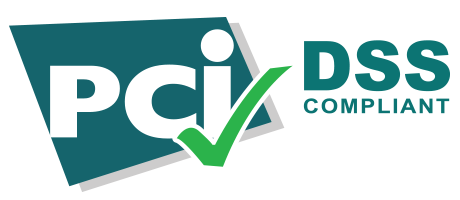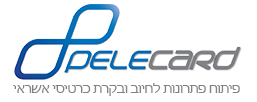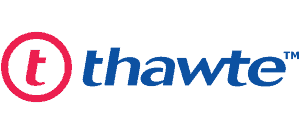Content

In job order cost production, the costs can be directly traced to the job, and the job cost sheet contains the total expenses for that job. Process costing is optimal when the costs cannot be traced directly to the job. For example, it would be impossible for David and William to trace the exact amount of eggs in each chocolate chip cookie. It is also impossible to trace the exact amount of hickory in a drumstick. Even two sticks made sequentially may have different weights because the wood varies in density. These types of manufacturing are optimal for the process cost system.
- You can see where the money is going for construction work to predict future costs more accurately.
- Fifth, allocate the relevant costs to the units of product completed and to the units of product remaining in the work-in-process account.
- According to this idea, expenditures are gathered over a certain amount of time, summed up, and then uniformly distributed across all the quantities manufactured during that time.
- This creates a difficult process for managing inventory and determining how many products the company has to sell in the open marketplace.
- They also need to know the costs to determine when a new product should be added or an old product removed from production.
- Such costs can be determined by identifying the expenditure on cost objects.
Examples of the industries where this type of production occurs include oil refining, food production, and chemical processing. For example, how would you determine the precise cost required to create one gallon of aviation fuel, when thousands of gallons of the same fuel are gushing out of a refinery every hour? The cost accounting methodology used for this scenario is process costing. Product costs are allocated to the departments or processes each item passes through over a set period, instead of tracing costs to individual items produced. The total process cost is divided by the total number of items, resulting in an average cost for each item. Again, this scenario is a rare one for there is no much coincidence where by the normal loss computed at the beginning of production process will ever automatically equal the actual loss.
Job Costing vs Process Costing
Process costing can be time consuming, and it can be difficult to accurately assign product costs to each manufacturing stage and to work-in-progress items. Raw materials move through the production cycle in a continuous flow, ending with the production of identical packages of paper. Conversion costs are $100,000, or $.67 per package, comprising $70,000 in direct labor and $30,000 for overhead, including maintenance expenses, insurance costs and electricity. The total cost is $150,000, and with 150,000 units produced, its cost-per-unit is $1. Instead, the cost of goods manufactured is produced using process costing.

Direct materials are materials that are consumed during the manufacture of a product. To determine the cost per unit under process costing, each expense must first be assigned to a process then categorized as a direct materials cost or conversion cost. Once these steps have been completed, the expenses can be divided by total units produced to obtain the cost per unit. AnswerAlthough these systems have marked differences, they are also similar in many ways.
Product
ERP platforms with integrated Process Costing management software also help you more expertly, easily and accurately perform process costing. By working together with the same information across the business, costs can easily be tracked by department and roll up into macro-level process costing reports. Management accountants must calculate equivalent units in the process costing system. Equivalent units represent the amount of unfinished goods left in a process at the end of an accounting period.
- Occupancy costs include many common costs, like heat, air conditioning, water & sewer, lights, cleaning and maintenance, insurance, security and other related costs.
- The equivalent units for materials are 1,000 (1,000 units × 100% complete for materials).
- Direct materials are the raw materials used in the manufacturing process.
- In addition to setting the sales price, managers need to know the cost of their products in order to determine the value of inventory, plan production, determine labor needs, and make long- and short-term plans.
- Spreadsheet programs (Excel, Lotus 1-2-3) are widely used in managerial accounting.
In the third https://www.bookstime.com/, filled bottles are inspected, labeled, and packaged. Ajob costing system is used by companies that produce unique products or jobs.














